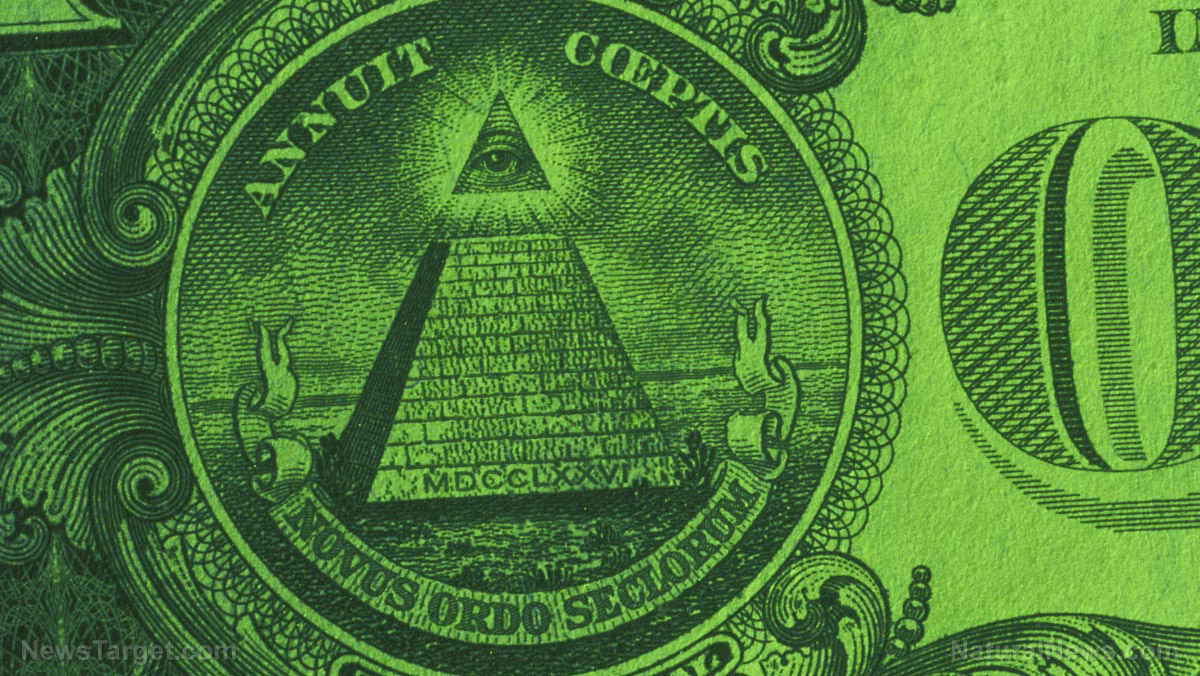Have The Bankers And Politicians Taken America to The End of Its Financial Rope?
by Bill Sardi, Lew Rockwell:

What if you woke up this morning to hear news reports that the U.S GDP (gross domestic product) is in decline for the first time in decades? The GDP is a number world economies use as a bellwether. Where the U.S. economy goes, so goes the world. (Given that the Post WW I & II rearrangement saw to it that the U.S. would have high incomes to produce a consumer economy and most of the rest of the world would be a supplier economy with low incomes to provide cheap products to the U.S.)
But a noted economist says the GDP has actually been flat for several years now, a fact that has remained hidden from the public. (GDP being the total value of goods produced and services provided in a country during one year.)
Below is economist John Williams (ShadowStats.com) chart showing the U.S. has been in a prolonged recession. (A recession is defined as two consecutive quarters of declining economic performance.)
Here (below) is the St. Louis Federal Reserve Bank positive spin on the continued growth of the GDP for comparison.
Negative GDP dip might send such a chilling message to Americans that they stop buying consumer goods, cars, even homes, even though they don’t know much about it. So, it appears GDP numbers are rigged to show slight increases every year so consumers are not rattled into retrenching their spending.
A decline in spending (velocity of money)
Almost 2/3rds of consumer spending is on services with the remaining third on goods. The decline of an aggregate measure of American productivity would instinctively put every consumer on notice to tighten up spending. Consumers might just hold on to their money or pay down debts on credit cards rather than go on a spending spree. That is what they did with their tax refund checks earlier this year.
Some 50% of credit card holders have no choice but to halt spending. They have maxed out their credit cards. And that spells trouble since 1 in 5 Americans depend upon their credit cards to pay for basic living expenses.
Williams predicts in his Flash Oct. 21 Update #12, the “sharpest quarterly decline in the velocity of money for 3rd Quarter 2019 since the depths of the Great Depression.”
Velocity of money is a measure of how fast money goes from “butcher to baker to Boston bean maker.” The decline in the velocity of money is a negative indicator of liquidity, that is, money to spend in the economy rather asset-based wealth like real estate.
The Federal Reserve is saying there is a shortage of cash for banks to use in overnight inter-bank borrowing, but it appears to be a shortage of cash in the consumer economy. Consumers are maxed out on the credit cards.
Should the President be totally candid about the economy?
The answer to that question is no, unless he wants to start a worldwide run on the banks.
We should expect the President to put a positive spin on the economy even in dire times. We don’t want panic to set in and be a self-fulfilling prophecy.
Phony financial numbers have been part of the ongoing camouflage for a declining economy. And since the economy, at its roots, is based upon public confidence in currency and consumer sentiment, it would be irresponsible not to put a happy face on the economy, if for no other reason than to prevent a run on the banks.
Why the President needs a $1 trillion boost in the economy (and why isn’t Congress helping him?)
Fixing this debt problem appears to be a one-man effort these days. Congress doesn’t show any interest.
President Trump is embroiled in a trade war with China to reduce a $500 billion imbalance of trade that negatively affects GDP. Here’s why the President is picking a fight with China.
Loading...





